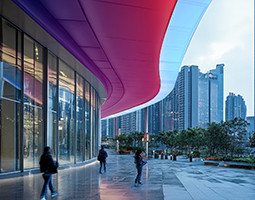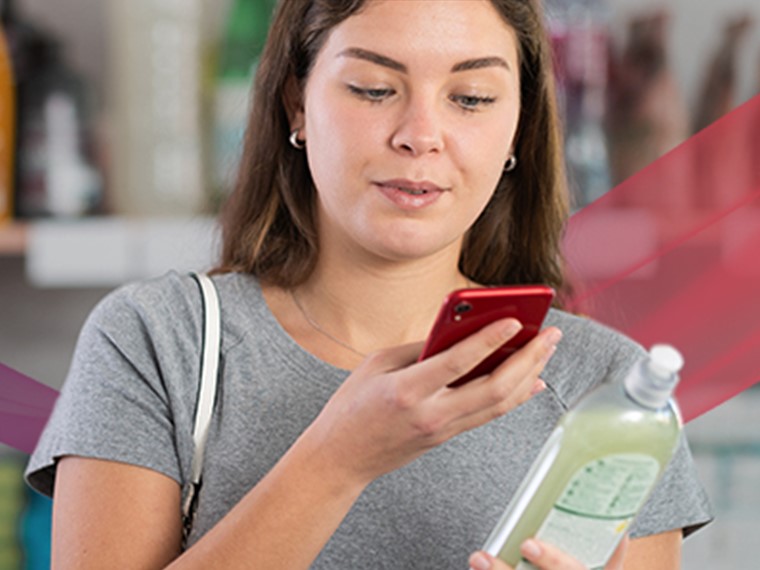Featured articles
Tailoring AI to consumers
AI is shaping consumer experiences across sectors—from healthcare to life sciences. Explore where consumers seek AI, what they expect and how organizations adapt to meet evolving needs.
Evolving challenges, emerging tech
Understand the transformative impact of emerging technologies on today’s most significant global challenges.
Deep dives
See what’s shaping the future of business—and how you can stay ahead in a fast-changing world.
Technology in action
Get actionable insights that help you strategically apply and implement technology to address your pressing needs and seize opportunities.
Get actionable business Insights in your inbox
Sign up for the Cognizant newsletter to gain actionable AI advice and real-world business insights delivered to your inbox every month.






















